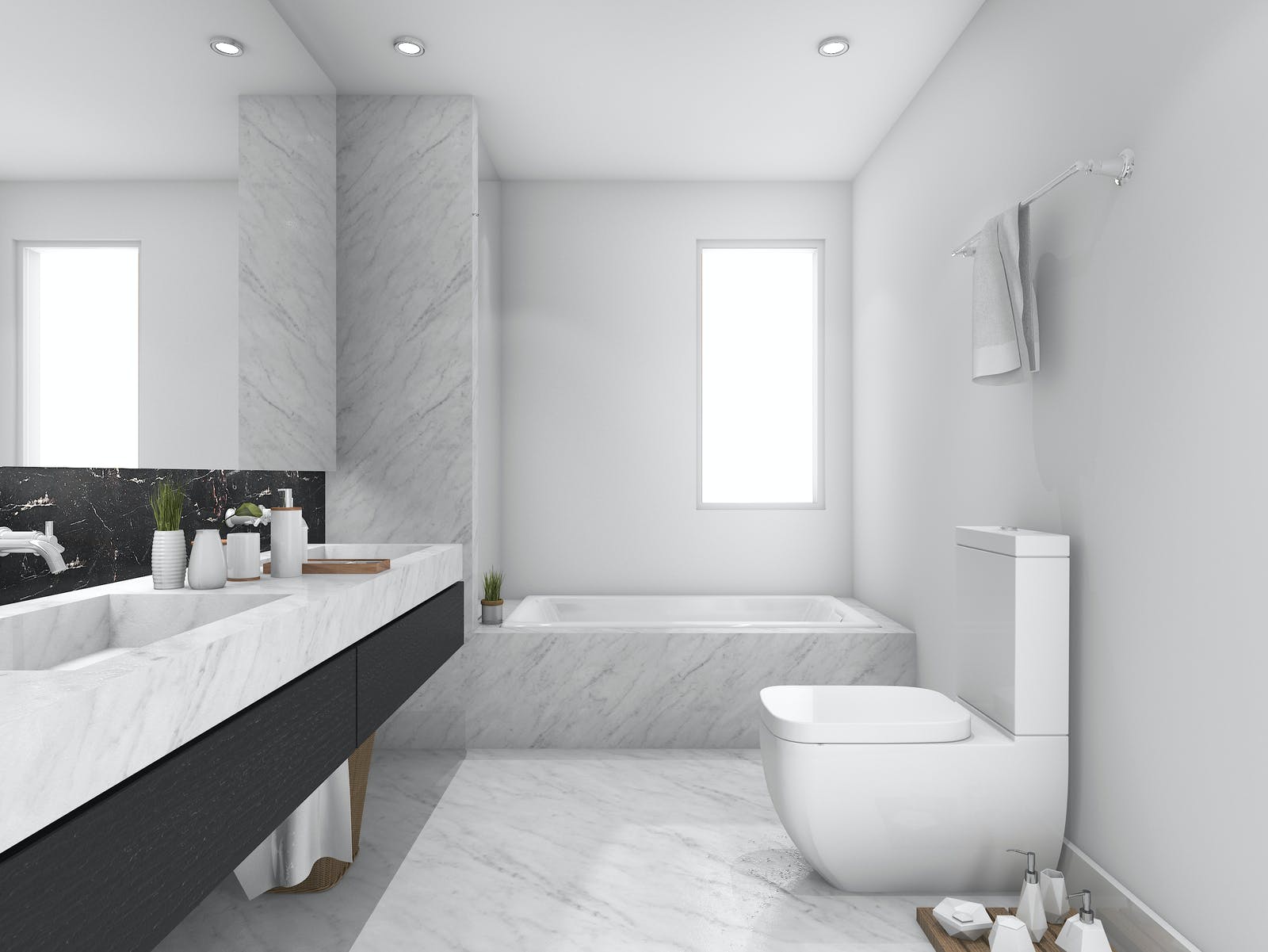Understanding Bathroom Ceiling Paint Needs

Painting a bathroom ceiling presents unique challenges due to the constant presence of moisture, humidity, and the potential for mildew growth. Choosing the right paint is crucial for achieving a durable, long-lasting finish that can withstand these demanding conditions.
Key Properties of Bathroom Ceiling Paint
The ideal bathroom ceiling paint should possess several key properties to ensure its effectiveness and longevity.
- Mildew Resistance: Mildew thrives in damp environments, so choosing a paint with mildewcide is essential. Mildew-resistant paint forms a protective barrier that prevents the growth of mold and fungi, maintaining the ceiling’s appearance and preventing unpleasant odors.
- Durability: Bathroom ceilings are susceptible to moisture and steam, which can damage paint over time. A durable paint will resist cracking, peeling, and fading, ensuring a long-lasting finish that withstands the rigors of a bathroom environment.
- Ease of Cleaning: Bathrooms often require regular cleaning, and the ceiling is no exception. Choosing a paint that is easy to clean will make maintaining the bathroom a breeze. Paints with a satin or semi-gloss finish are generally easier to wipe down than matte finishes.
Paint Finishes for Bathroom Ceilings
The finish of a paint refers to its level of sheen, which affects its appearance and cleaning properties. Here’s a breakdown of the most common paint finishes for bathroom ceilings:
- Matte Finish: Matte finishes have a flat, non-reflective appearance. They are excellent at hiding imperfections but can be more challenging to clean.
- Satin Finish: Satin finishes offer a slightly sheen, making them easier to clean than matte finishes. They are also a good choice for bathrooms with low lighting, as they reflect light more effectively.
- Semi-Gloss Finish: Semi-gloss finishes have a higher sheen, making them the most durable and easiest to clean. However, they may highlight imperfections in the ceiling.
Popular Paint Types for Bathroom Ceilings
/GettyImages-1036309754-d4e41b1939094e919464a05ed5b8a192.jpg)
Choosing the right paint for your bathroom ceiling is crucial for ensuring a long-lasting, aesthetically pleasing finish. Several paint types are commonly used, each with unique advantages and disadvantages. Understanding these differences can help you make an informed decision based on your specific needs and budget.
Comparing Popular Paint Types, What type of paint for bathroom ceiling
Here’s a table comparing the most popular paint types for bathroom ceilings:
| Paint Type | Key Features | Advantages | Disadvantages | Latex | Water-based, easy to clean, low VOCs, dries quickly | Durable, mildew-resistant, easy to apply | May not be as durable as oil-based paints | Acrylic | Water-based, versatile, excellent adhesion | Durable, moisture-resistant, washable | Can be more expensive than latex paints | Epoxy | Two-part formula, high gloss, extremely durable | Highly resistant to moisture, abrasion, and chemicals | Requires careful application, can be difficult to clean up | <h3>Benefits and Drawbacks of Oil-Based vs. Water-Based Paints</h3> Oil-based and water-based paints offer different performance characteristics, particularly in bathroom environments. |
Feature | Oil-Based Paint | Water-Based Paint | Durability | Highly durable, resists scratches and abrasion | Durable, but may not be as scratch-resistant as oil-based paints | Moisture Resistance | Excellent moisture resistance | Good moisture resistance, but may not be as resistant as oil-based paints | Drying Time | Longer drying time | Dries quickly, typically within an hour | Cleaning | Requires mineral spirits or paint thinner for cleanup | Easy to clean up with soap and water |
|---|
Choosing the Right Paint Type
The ideal paint type for your bathroom ceiling depends on various factors:
* Existing Ceiling Condition: If your ceiling has existing mildew or water damage, an epoxy paint might be the best option due to its superior moisture resistance.
* Desired Finish: If you want a high-gloss, durable finish, an epoxy paint is a good choice. For a more matte finish, latex or acrylic paints are suitable.
* Budget: Latex paints are typically the most affordable option, while epoxy paints are the most expensive.
Additional Considerations for Bathroom Ceiling Paint: What Type Of Paint For Bathroom Ceiling
Proper preparation and application are crucial for achieving a durable and aesthetically pleasing finish on your bathroom ceiling. This section will delve into the importance of surface preparation, provide a step-by-step guide for applying bathroom ceiling paint, and discuss the role of ventilation and drying time.
Surface Preparation for Bathroom Ceiling Paint
Proper surface preparation is paramount for ensuring that the paint adheres well and lasts for years to come. It involves a thorough cleaning, patching any imperfections, and applying a primer.
- Cleaning: Start by removing any dirt, dust, cobwebs, or mildew with a damp cloth and mild detergent. For stubborn stains, use a mildew-killing solution or a specialized cleaning agent. Allow the ceiling to dry completely before proceeding.
- Patching: Repair any cracks, holes, or uneven areas using a patching compound or spackle. Allow the patching compound to dry completely before sanding it smooth with fine-grit sandpaper.
- Priming: Applying a primer helps to create a smooth, even surface for the paint to adhere to, improving the overall finish. A good primer also helps to seal the surface and prevent moisture from penetrating the paint layer, particularly important in bathrooms.

